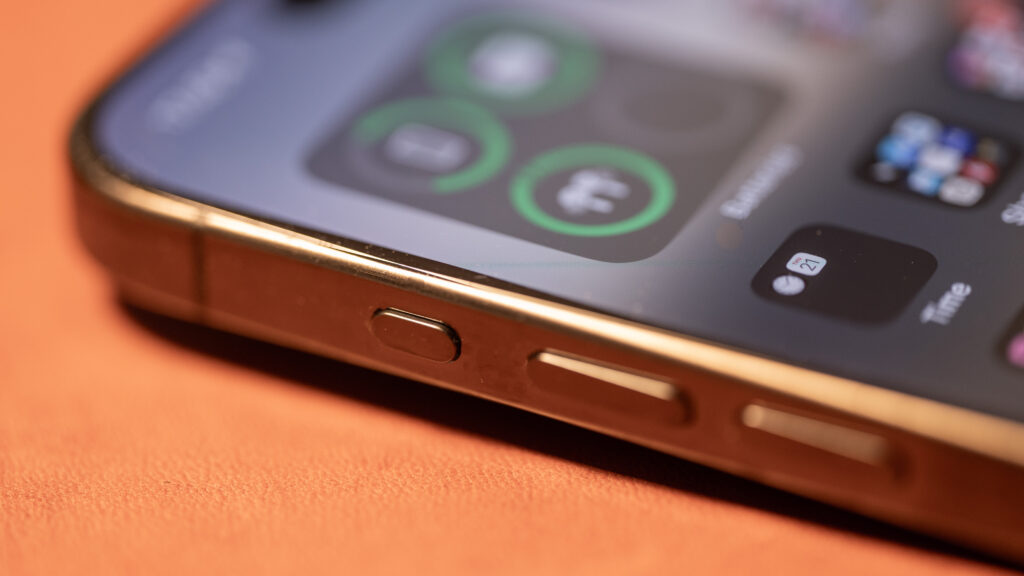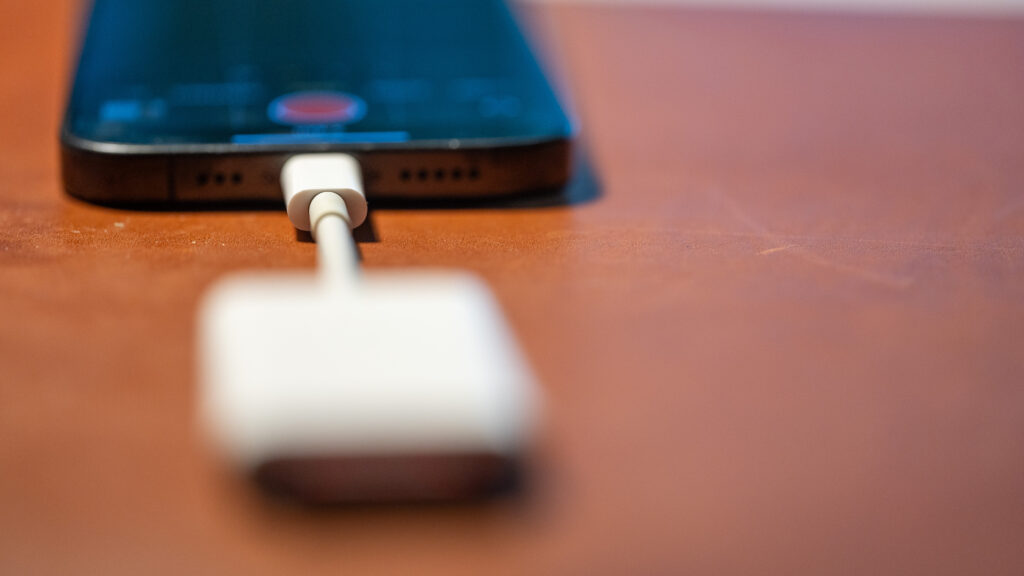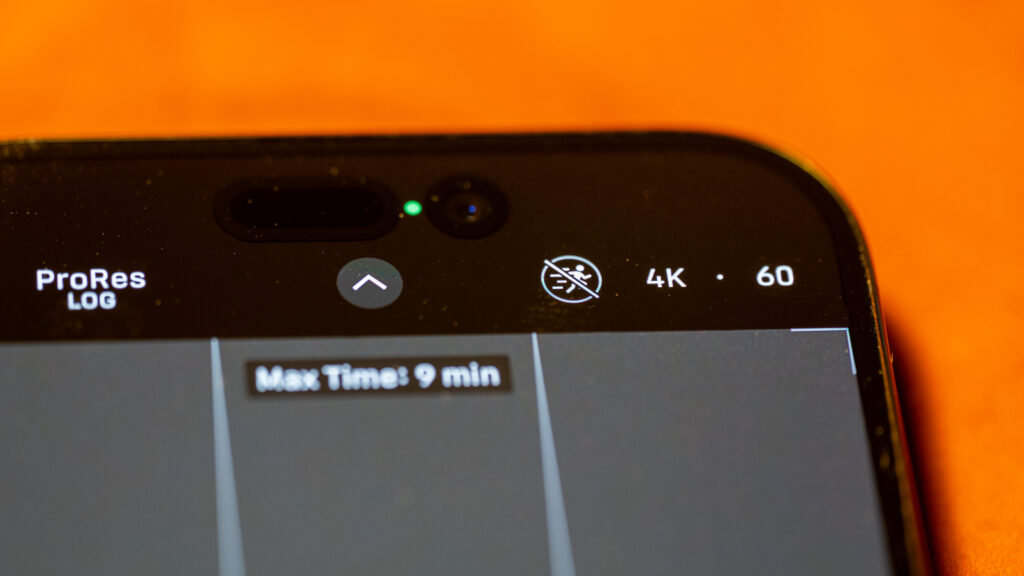I recently upgraded from iPhone 14 Pro to iPhone 15 Pro, despite the fact that I previously have jumped at least two generations to make sure I would notice the difference. Somehow the new features of the iPhone 15 Pro got me convinced – let me elaborate!
Same same but different
First of all, the similarities between the iPhone 14 Pro and the iPhone 15 Pro are many more than the differences: the screen is the same, battery life is the same, water resistance rating is the same, the size is roughly the same with the 15 Pro being a little shorter and a little more slim, etc.
The first thing I noticed was that the iPhone 15 Pro is somewhat lighter than the 14 Pro, as Apple switched from steel to a combo of titanium and aluminium. It dropped from 206 to 187 grams, and although you may think this is a small change, the relative difference is around 9% and I was surprised to learn how noticeable those 19 grams are!
Further, the 15 Pro comes with a newer chipset (A17) that boosts performance both CPU and GPU wise, but unless you are using some very demanding (game?) applications, I doubt you will notice the performance difference. Maybe some more demanding future applications will highlight the difference between the chipsets, but for now I really doubt you will notice at all.

The little slide button top left on the iPhone 14 has been replaced by a push button in the same position. This button is configurable, but out of the box it does the same as the old one – switch between ring and silent. I like this change for sure, but a revolution it is hardly.
Industry standard (in EU at least)
One of the big changes from 14 Pro to 15 Pro is the switch from the lightening port to USB-C. I was hoping and waiting for for Apple to make this change already in the iPhone 14 generation, but I was disappointed. Not this time around, though!

If you like USB-C or not is of course personal preference, but owning an iPad for several years where USB-C is the norm, I really welcome the USB-C connector. I have lots of chargers and cables that use USB-C and being able to reduce the number of cables an chargers I use is a very welcome change.
I use a lot of different cameras where the more modern ones have made the switch to USB-C for both charging and data transfer. But not the older ones. If you knew how many different chargers I have owned over the years for proprietary charging systems and batteries, you would also welcome the simplicity and standardisation of USB-C!
Serious video camera!
The iPhone 15 Pro is indeed a very serious video camera: ProRes LOG in 4K at up to 60 frames per second (fps)! Wow! Not all newer dedicated video cameras can keep up with this! The ProRes LOG format gives you lots of headroom and options for editing in post to color grade and edit your footage. If you just want the video to be ready out of the camera, then ProRes LOG is not for you, but if you want to do serious editing and have as many post processing options available for you, this is the format you want to use!
Now, here is where the iPhone 15 Pro really stands out: if you want to shoot ProRes LOG in 4K at 60 fps, then you need to make use of an external drive or storage facility to transfer the required amounts of data fast enough! If you drop to say 24 frames per second, you can make do with the internal memory. But for 60 fps, the internal memory transfer speeds can’t keep up! And this is where the upgrade to USB-C comes in handy: it offers transfer speeds to support this demanding flow of data!

With an external drive, the iPhone 15 Pro turns into a professional level video camera and if you consider buying a dedicated video camera or a capable hybrid camera, then the capabilities of the iPhone 15 Pro may save you this investment! Of course, if you are planning to use long lenses on a video camera, then the iPhone can’t keep up, but for most other applications the iPhone 15 Pro with an external drive may well be all you need!
Conclusion
I am currently evaluating the video performance of the iPhone 15 Pro, but so far – a few weeks in – I really like what I seen and I am seriously considering switching from system hybrid cameras to the iPhone 15 Pro for video recording. And as such, I find that the iPhone 15 Pro is a really interesting offer and alternative to a dedicated video or hybrid camera. And that is what drove me into the arms of upgrading to iPhone 15 Pro. The USB-C is a nice bonus, other than being a precondition for the high data transfer speeds required for recording in ProRes LOG at 60 fps.
If you have no ambitions for shooting video and the proprietary flash connector does not bother or annoy you, I doubt that the move from iPhone 14 Pro to 15 Pro is worthwhile.
Related reading
Review: Apple iPod Pro (1. generation)
